Retro Replay Review
Gameplay
Conflict: Vietnam shifts the series’ focus from elite special forces to ordinary G.I. soldiers stranded behind enemy lines during the Tet Offensive. Rather than controlling a lone super-soldier, you manage a four-man squad with distinct roles—Sniper, Leader, Heavy Weapons and Medic—each of which brings unique tactical possibilities to the battlefield. The choice between issuing squad-wide orders in an RTS-like interface or jumping into direct control of a single soldier adds a layer of flexibility, allowing you to plan carefully or dive headlong into the action.
(HEY YOU!! We hope you enjoy! We try not to run ads. So basically, this is a very expensive hobby running this site. Please consider joining us for updates, forums, and more. Network w/ us to make some cash or friends while retro gaming, and you can win some free retro games for posting. Okay, carry on 👍)
Each mission presents main objectives—such as destroying enemy emplacements or rescuing POWs—and optional bonus tasks like collecting Vietcong documents or neutralizing hidden booby traps. Experience points awarded for completed objectives, kills and equipment destroyed let you invest in individual skill trees. Unlocking higher-level Medic or Leader abilities becomes essential as enemy resistance intensifies and traps proliferate, rewarding careful exploration and thorough mission completion.
Vehicle segments and stationary weapon usage break up the foot patrol routines, with opportunities to commandeer jeeps or tanks and man machine guns to suppress ambushes. While the game’s AI occasionally exhibits pathfinding hiccups—especially when telling your squad to navigate dense undergrowth—overall coordination between the four soldiers offers satisfying puzzles in battlefield tactics and squad positioning.
Graphics
The visual design of Conflict: Vietnam strives to immerse players in the humid, claustrophobic jungles and winding tunnels of 1968 Vietnam. Lush foliage, flickering campfires and mottled rock formations establish an atmospheric backdrop for firefights. Outdoor levels often feature dynamic weather effects—like sudden rainstorms—that can limit visibility and force you to adapt your tactics on the fly.
Character models and textures feel serviceable rather than cutting-edge, especially by today’s standards, but still convey the grime and tension of war. Explosions and muzzle flashes punch through the verdant scenery, and the occasional moment of debris-strewn intensity—such as a collapsing temple roof—leaves a memorable impression. Some interior environments, however, can appear repetitive after prolonged play, with similar rockwork and low-light chambers blurring together.
Cinematic camera angles and brief cutscenes introduce key story beats and mission briefings, helping to maintain pacing between firefights. While not as polished as major AAA titles, the game’s art direction effectively balances functional clarity—so you can spot enemies and objectives—with enough period detail to feel authentic to the era.
Story
Set against the backdrop of the Tet Offensive, Conflict: Vietnam delivers a grounded narrative about four G.I. soldiers separated from their unit and forced to battle through hostile territory. Unlike earlier entries in the series, you aren’t commanding elite operatives but regular troops facing raw fear and uncertainty. Briefings and in-field radio chatter supply historical context, describing strategic objectives and conveying the dire stakes of the campaign.
Interactions with allied soldiers and local civilians—sometimes granting bonus objectives—add small human touches to the otherwise gritty combat experience. These moments of respite allow you to procure intel, secure supplies or rescue trapped villagers, reinforcing the sense that every firefight has real-world consequences beyond the immediate firefight.
While the game’s overarching plot follows a fairly linear progression—push forward, neutralize enemy strongpoints, and hold the line—the diversity of mission locales (jungle clearings, Vietcong tunnel networks, hilltop temples) keeps the story moving at a steady clip. Character development is minimal, but the persistent threat of ambush and the urgency of each mission foster a palpable emotional investment.
Overall Experience
Conflict: Vietnam offers a compelling blend of tactical squad-based combat and action-oriented gunplay. Its emphasis on ordinary soldiers navigating harrowing battlefields provides a fresh perspective compared to many special-ops shooters. Strategic planning, squad coordination and thoughtful use of each soldier’s unique skillset combine to create tense, memorable encounters.
The game’s atmosphere—rooted in dense, labyrinthine environments and bolstered by period-authentic sound design—immerses you in the chaos of the Tet Offensive. Occasional AI quirks and dated textures may remind you of its mid-2000s origins, but these shortcomings rarely undermine the core experience. The console versions’ split-screen co-op mode (up to four players on Xbox, two on PS2) is a welcome addition, though PC players must go it alone.
For fans of tactical shooters who appreciate a historical setting and squad-based mechanics, Conflict: Vietnam remains a worthwhile journey into the smoky jungles and hidden tunnels of one of modern warfare’s most pivotal campaigns. Its varied mission design and flexible control schemes ensure that each playthrough offers new tactical challenges and moments of high-stakes drama.
 Retro Replay Retro Replay gaming reviews, news, emulation, geek stuff and more!
Retro Replay Retro Replay gaming reviews, news, emulation, geek stuff and more!
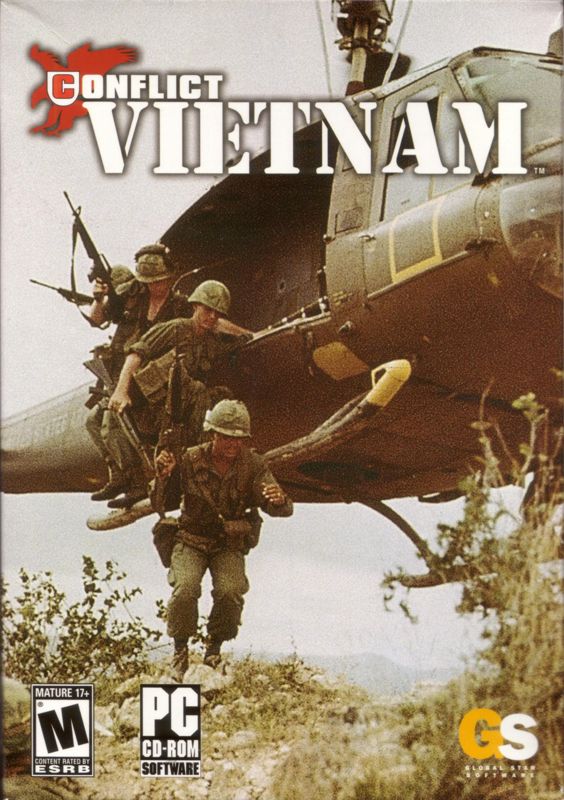
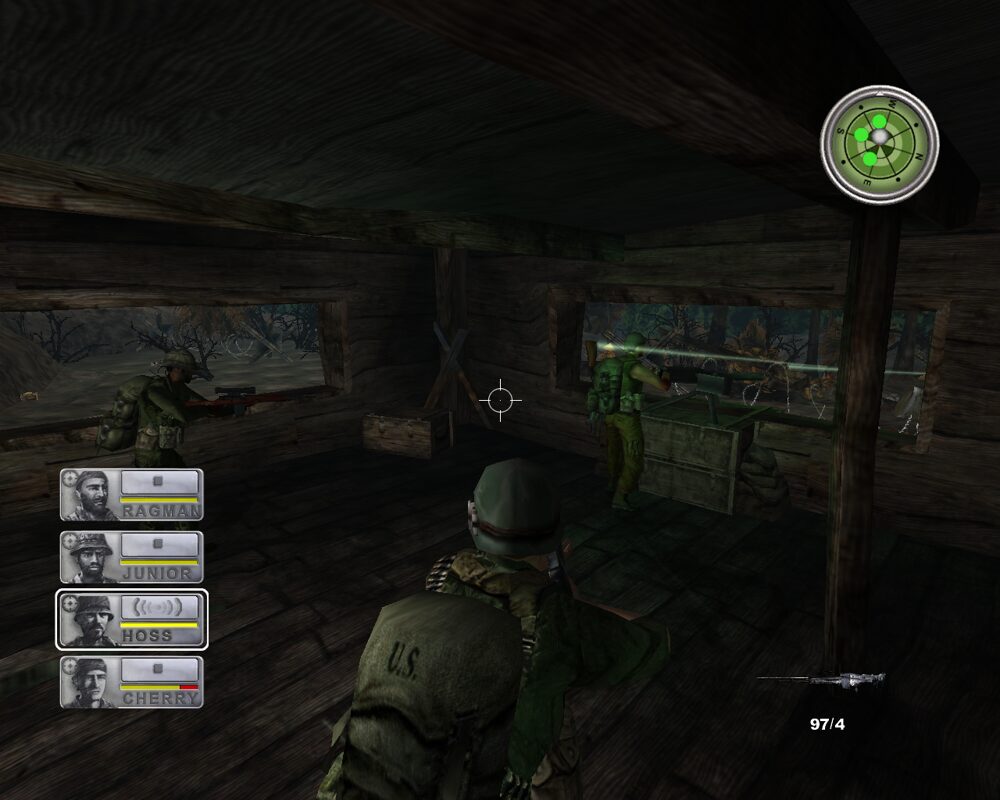
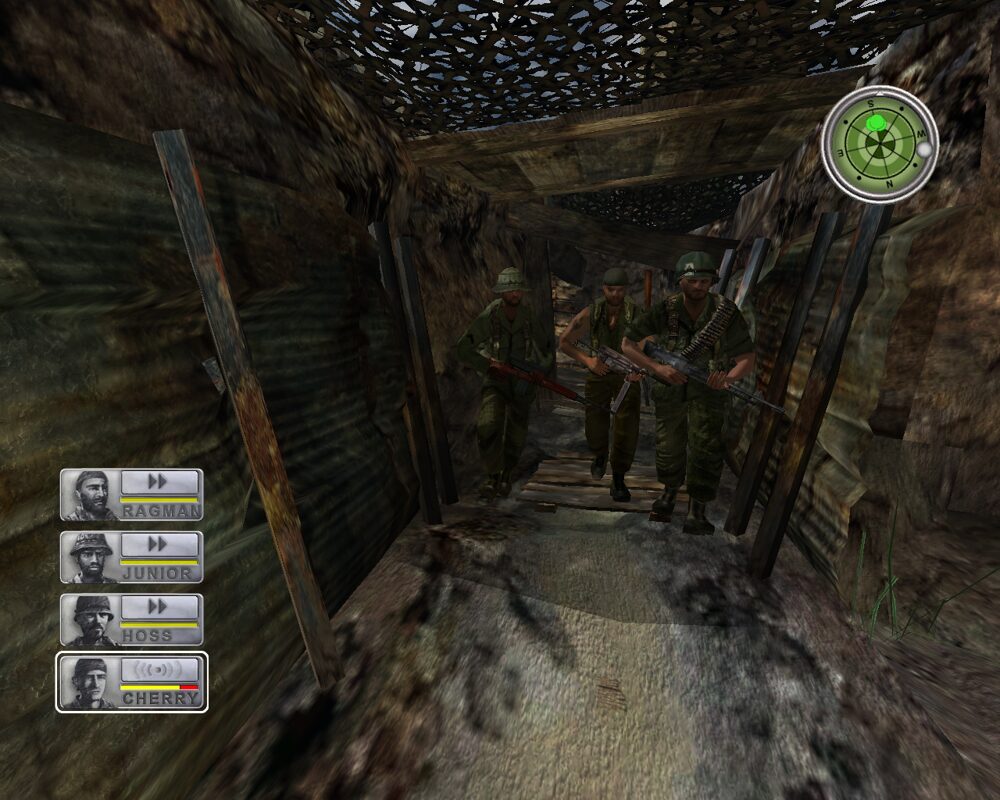
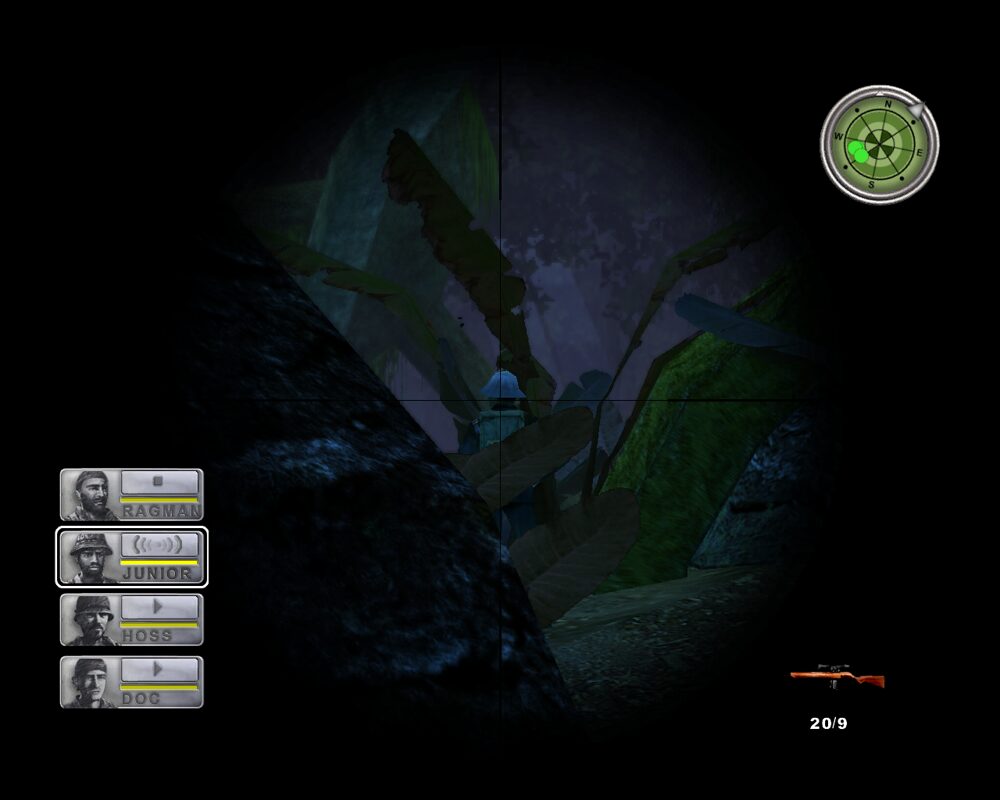
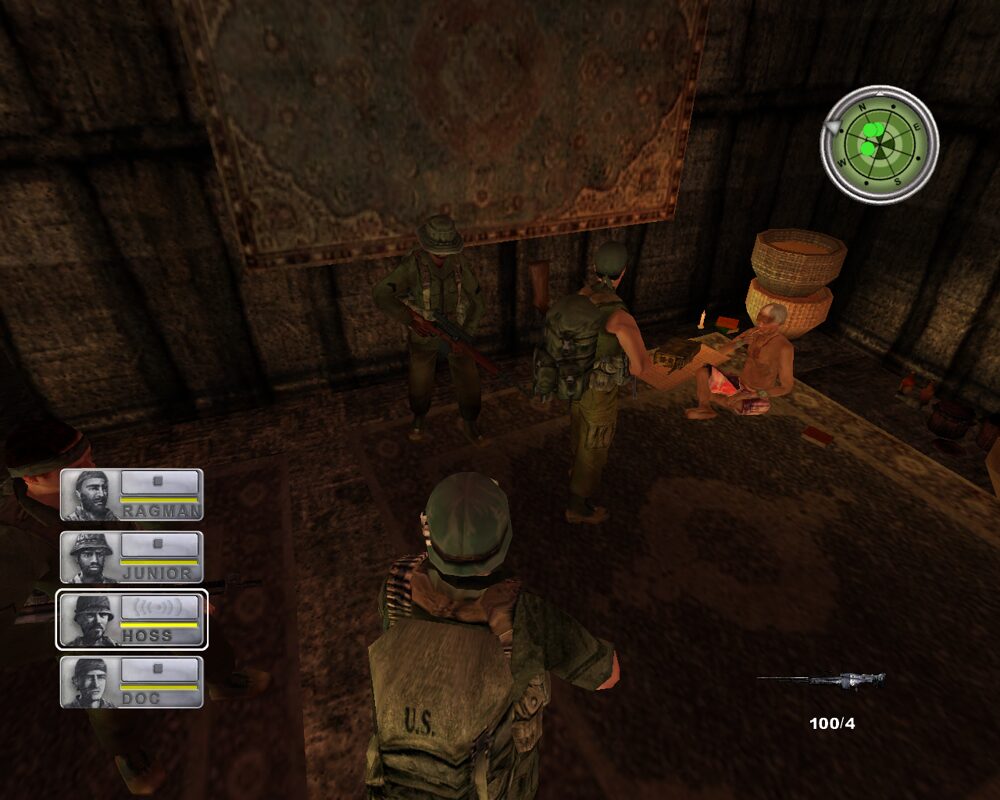




Reviews
There are no reviews yet.